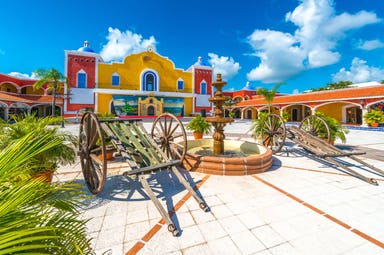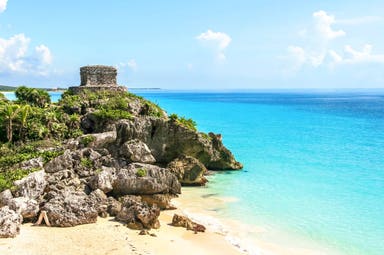San Cristobal de Las Casas
San Cristobal de Las Casas is located in a valley in the Chiapas region, surrounded by nature and the mountains. The center still retains the typical characteristics of a colonial village, with red roofs of the houses and cobblestone streets.
Today the tourism in this city is based on the history of San Cristobal de Las Casas and its indigenous population but also on its monuments, such as the beautiful Cathedral, the church of Santo Domingo with its huge open-air market, and the museum of Casa Na Bolom.
The main square that has developed around the city center is called Plaza 31 de Marzo, also known as the Zocalo. In the past in this square there was the main market of the city, which every week attracted many merchants from all the surrounding cities and regions. The square is now surrounded by gardens, flower beds and historical buildings - including the Cathedral which is located in the north part of the square - thanks to its distinctive façade and its Baroque architecture with European influences, it's definitely one of the symbols of San Cristobal de Las Casas.
Although Tuxtla Gutierrez is now the capital of Chiapas, San Cristobal de Las Casas is considered the cultural capital of the state, thanks to the presence of many indigenous peoples that produce textiles, ceramics and precious amber. In addition to this, the city annually hosts major events and fairs that attract thousands of visitors from all over the world.
Another interesting thing to visit in San Cristobal is the traditional Mexican market which is held every day, except on Sundays, close to the church of Santo Tomaso. Many stalls sell Mexican cuisine specialities and, above all, typical of the Chiapas region: the Tamales are to be missed.
A very special museum that you have to visit in San Cristobal de Las Casas is the museum of Mayan medicine, dedicated to healing practices of indigenous peoples, some of which are still in use today. The Museum of popular cultures of Chiapas, entirely dedicated to populations and to the Mayan culture, can be inserted into a travel itinerary in this colonial city.






 Tailor-made
Tailor-made







